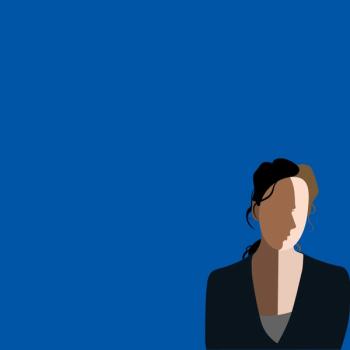
The use of controlled temperature regulation may hold potential as a complementary method of treating stroke.

The use of controlled temperature regulation may hold potential as a complementary method of treating stroke.
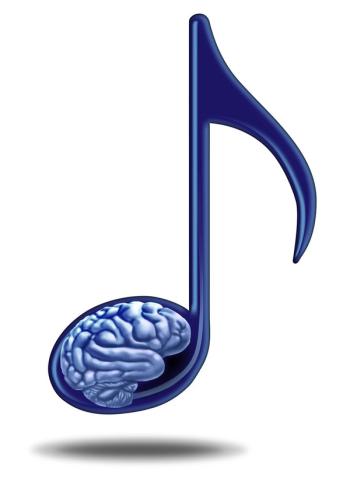
As stroke rehabilitation moves toward multimodal approaches, music therapy has shown early promise in enhancing physical and cognitive recovery in some patients.
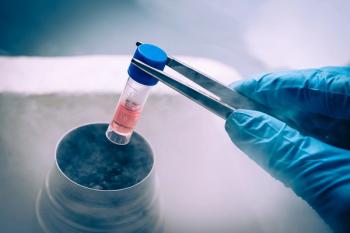
Migraine is not characterized by neuronal degeneration, but it has been a target of stem cell therapy in a few small investigational studies--and has shown early promise.

The perception of good vibes and bad vibes is among the most difficult human experiences to define. The feeling that something “feels right” or that something “just isn’t right” has been attributed to multiple factors.
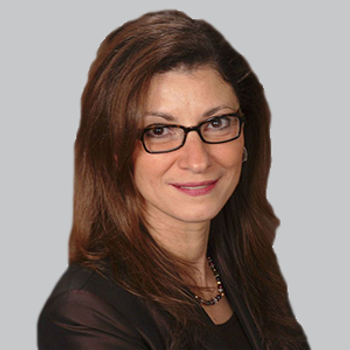
The encephalitis lethargica epidemic of 1916-1930 is estimated to have affected at least half a million of people in Europe and still remains a mystery.

There is a surprisingly low association between airplane headaches and other types of headaches. So what are the characteristics and how are they treated?
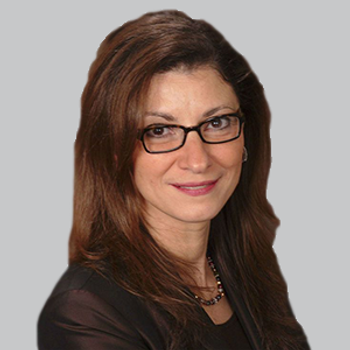
What's the science behind predictive dreams?
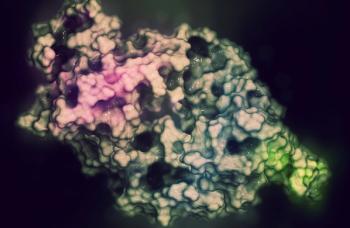
Bill Gates has taken on an ambitious new project-fighting Alzheimer disease.

Despite optimism, telemedicine has been only slowly adopted as a means of health care delivery. But things are changing. Have you considered adopting telemedicine in your clinic practice?
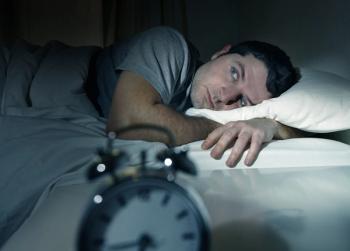
Do you consider sleep deprivation to be a possible contributor to your patients’ symptoms? Do you routinely ask your patients about sleep deprivation?

A number of agents are being investigated as potential new therapies for narcolepsy. Here's a brief overview.
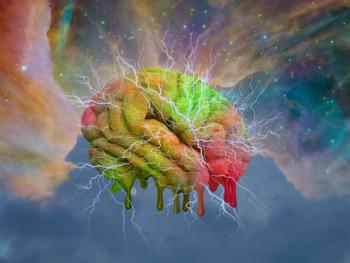
Math capabilities of children with autism may be on par with those of typically developing children, but not so with language.
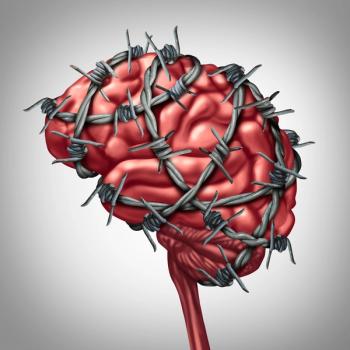
There appears to be a bidirectional relationship between migraine and depression, in which one disorder increases the risk for the other and vice versa.
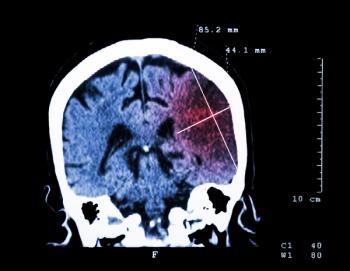
What is the shortest time within which you have given a patient TPA?
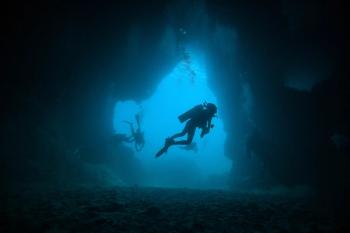
Hyperbaric oxygen therapy is the treatment of choice for decompression sickness, and it has shown some promise in trials of small numbers of patients with peripheral neuropathy and those with head trauma.
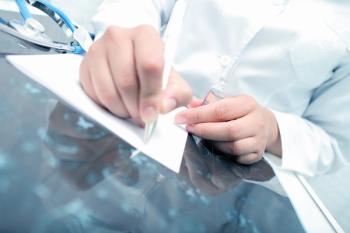
Here is a quick primer on currently available MS therapies for partners in a patient’s healthcare team and also for patients.
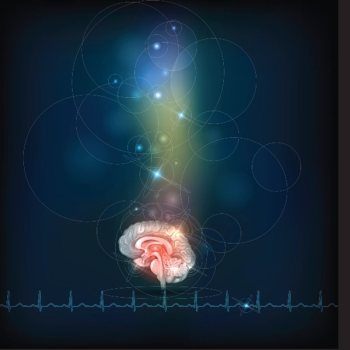
When it comes to emotions, it turns out that there are regions in the brain, specifically in the limbic system, that are associated with each of the 6 main emotions.
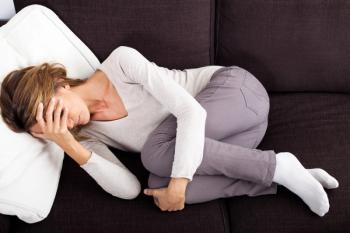
This large population subset can potentially benefit from therapies that are more directly targeted to hormonally-influenced migraine headaches.

The areas of the brain that are involved in shopping are consistent with the diverse feelings evoked by shopping.
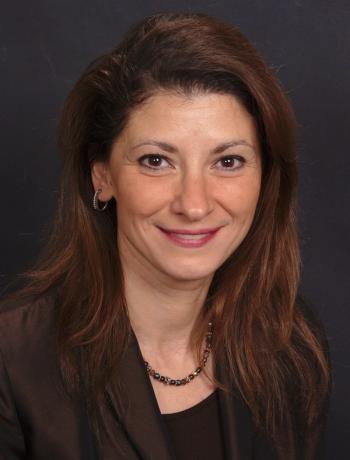
Traditionally, fidgeting has been considered an undesirable trait, but this tendency could provide unforeseen benefits.
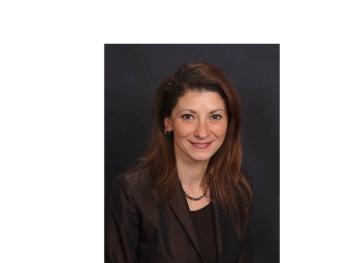
Researchers used cross sectional data obtained from a scale of physician empathy and the results of objective structured clinical examination scores.
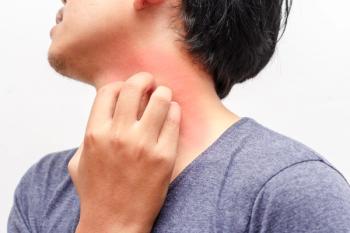
Recent studies point out that some itches may actually have more of a nervous system component than previously thought.
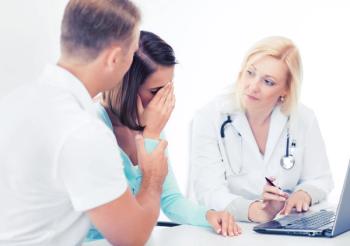
Once patients and/or their families become aware of the signs and symptoms of pseudobulbar affect, they are more likely to seek treatment.

In scientific studies, babies show a strong preference for female faces. Is this an inherent favoritism, or can other factors explain this inclination?
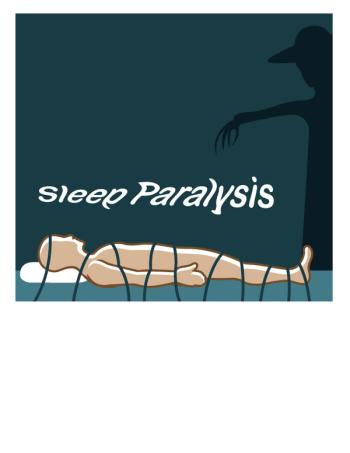
Controlled studies have been able to replicate sleep paralysis with sleep interruption, but only in 10% of participants with interrupted REM sleep.
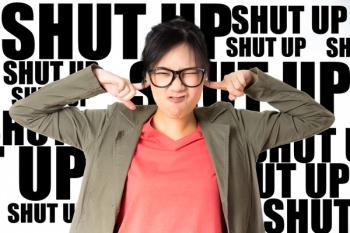
People who suffer from misophonia do, in fact, have real physiological effects when they are exposed to the provoking sounds.
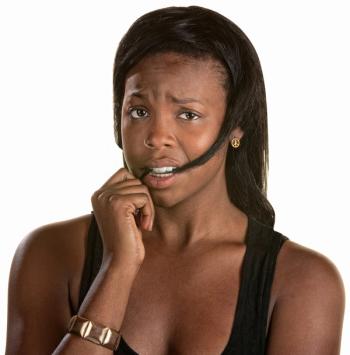
Recent studies point to a high lifetime incidence (78%) of another psychiatric diagnosis among those who suffer from trichotillomania.
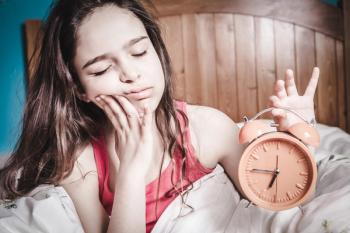
There are many possible contributing factors that can explain the relationship between lack of sleep and psychosocial issues among teenagers.

Individuals with OCD have different areas of brain activation in response to perceived threats than healthy controls.

Research shows that teenage and adolescent sleep patterns are hormonally influenced, and not laziness or rebellious statements.